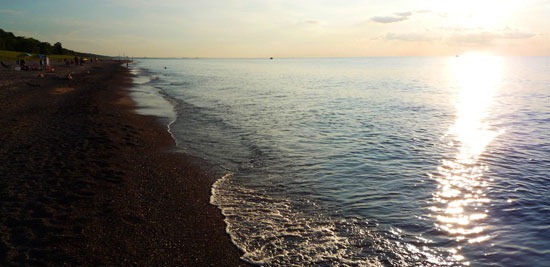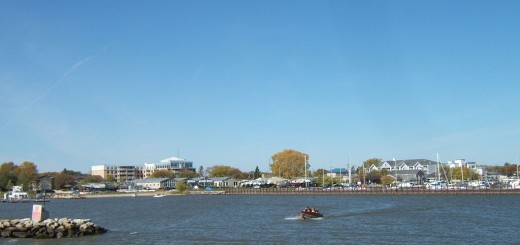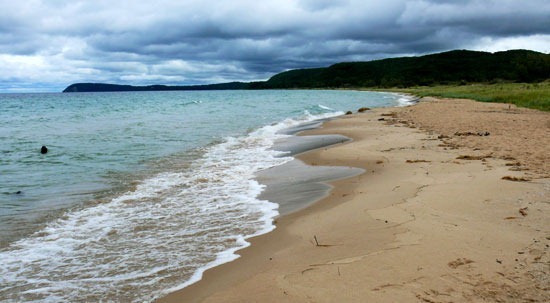Invasive mussels may worsen avian botulism outbreaks
4
Zebra Mussel
Lake Michigan experienced a particularly severe outbreak of avian botulism this year, resulting in greater wildlife fatalities and lasting longer than other recent occurrences.
The last notable die-off in Lake Michigan occurred in 2007, when an estimated 8,000 to 10,000 birds were killed. Scientists estimate this year’s numbers will rival or exceed that.
While scientists aren’t certain what has worsened the outbreaks, one theory links it to spread of invasive zebra and quagga mussels.
These filter feeders can intake massive volumes of water, along with any toxic substances within the water. Thus, they could be consuming naturally occurring botulism and other toxins that are created by rotting mats of cladophora algae. Some of these contaminants are then incorporated into the mussels’ tissues and shells.
These toxins can start moving up the food chain, commonly when invasive round gobies and other bottom feeders consume the mussels and are in turn eaten by birds susceptible to the disease.
Whereas outbreaks in 2006 and ’07 seemed to diminish during the fall, this year’s outbreak lasted longer, and researchers are unsure why. It could be due in part to the summer’s unusually high temperatures, which produced more algae to feed the mussels’ population boom.
Avian botulism is a paralytic disease caused by ingestion that can incapacitate or kill many bird species. It has killed more than 80,000 birds on the Great Lakes since 1999. Outbreaks of the disease have resulted in periodic massive die-offs since at least the 1960s, but they have become more common and widespread since 1999, particularly in Lakes Michigan and Erie, according to the USGS.
The disease threatens populations of numerous protected species, including the common loon, which is a threatened species in Michigan. Other affected species include cormorants, grebes, ring-billed gulls, long-tailed ducks, and white-winged scooters.
Why do you think avian botulism outbreaks have worsened in the Great Lakes? Share your thoughts in the comments below.
Lake invaders may be killing birds [Chicago Tribune] Avian botulism leaving dead birds in its wake along Lake Michigan [The Grand Rapids Press] Avian Botulism [U.S. Geological Survey]
Image Credit: Courtesy of Michigan Sea Grant













[…] oxygen is consumed. Additionally, the respiration of organisms, abiotic processes, and even the invasion of zebra mussels are also thought to play a […]
The Zebra Mussel issue has increased out on Conesus Lake in New York. I cannot leave my canoe in the water to longand they start attaching to it. It’s starting o annoy me. Plus they hurt if yo get cut by them!
[…] the lower Great Lakes, the filtration activities of invasive zebra and quagga mussels caused drastic increases in water clarity, which promoted excessive growth of algae on the […]
[…] Alt Göllerde, Zebra ve quagga invaziv kalıplar tarafından yapılan filtrasyon Su netliğinde önemli bir artışa ve daha sonra gölün dibindeki alglerin aşırı büyümesine […]